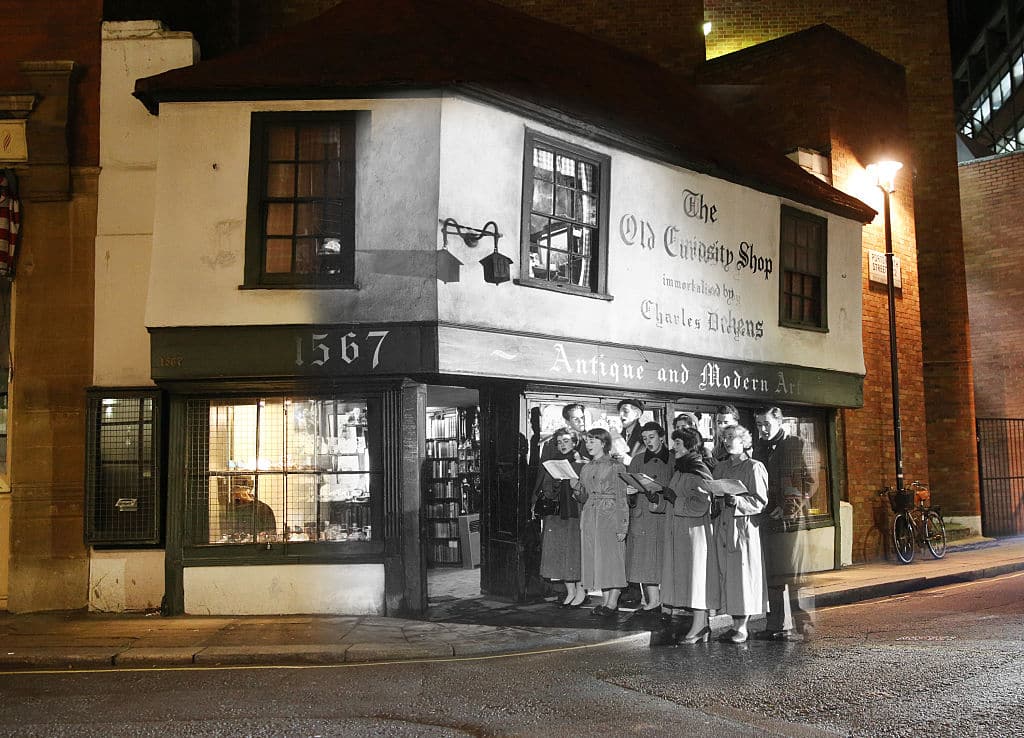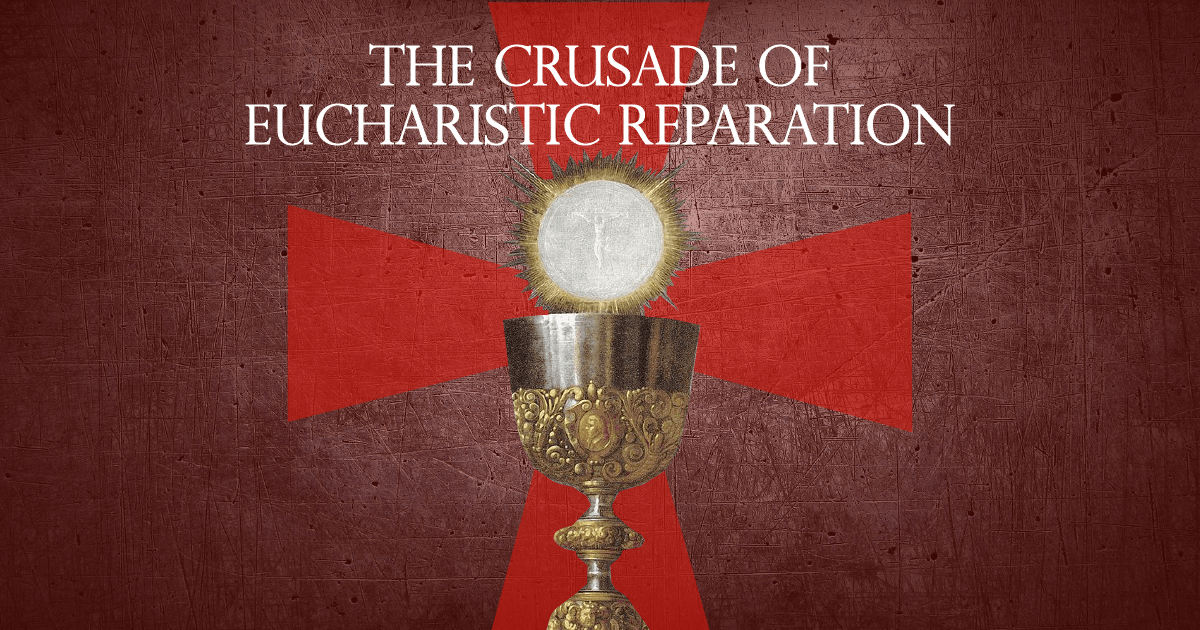On the Ninth Day of Christmas: Twelfth Cake revisited
Would it be Christmas without a Dickensian flourish? Pen Volger introduces the predecessor of the traditional Christmas cake, which was a Twelfth Night treat but could last the year with proper storage and serious restraint. There’s plenty of time to have a go at the modern recipe she provides, and have your own ready in The post On the Ninth Day of Christmas: Twelfth Cake revisited appeared first on Catholic Herald.

Would it be Christmas without a Dickensian flourish? Pen Volger introduces the predecessor of the traditional Christmas cake, which was a Twelfth Night treat but could last the year with proper storage and serious restraint. There’s plenty of time to have a go at the modern recipe she provides, and have your own ready in time…
Charles and Catherine Dickens’s first son, Charley, was born on 6 January. Every year his godmother, Angela Burdett-Coutts, sent a huge Twelfth Cake for his birthday. One cake followed the Dickens family to Genoa, where a Swiss pastry cook repaired a chip in its highly decorative frosting and displayed it in his window for the townsfolk to admire.
In 1870 Queen Victoria had the feast removed from the holiday calendar; and the cake migrated to Christmas. A contemporary recipe appears below; but as restoration of the original holiday is long overdue, there follows – with plenty of time to prepare for Twelfth Night – a modern recipe for readers to recreate the tradition at home.
Twelfth Cake
Two pounds of sifted flour, two pounds of sifted loaf sugar, two pounds of butter, eighteen eggs, four pounds of currants, one half pound of almonds blanched and chopped, one half pound of citron, one pound of candied orange and lemon-peel cut into thin slices, a large nutmeg grated, half an ounce of ground allspice; ground cinnamon, mace, ginger, and corianders, a quarter of an ounce of each, and a gill of brandy.
Put the butter into a stew-pan, in a warm place, and work it into a smooth cream with the hand, and mix it with the sugar and spice in a pan (or on your paste board) for some time; then break in the eggs by degrees, and beat it at least twenty minutes; stir in the brandy, and then the flour, and work it a little; add the fruit, sweetmeats, and almonds, and mix all together lightly; have ready a hoop cased with paper, on a baking-plate; put in the mixture, smooth it on the top with your hand, dipped in milk; put the plate on another, with sawdust between, to prevent the bottom from colouring too much: bake it in a slow oven four hours or more, and when nearly cold, ice it with Icing for Twelfth or Bride Cake.
Icing for Twelfth or Bride Cake
Take one pound of double-refined sugar, pounded and sifted through a lawn sieve; put into a pan quite free from grease; break in the whites of six eggs, and as much powder blue as will lie on a sixpence; beat it well with a spattle for ten minutes; then squeeze in the juice of a lemon, and beat it till it becomes thick and transparent. Set the cake you intend to ice in an oven or warm place five minutes; then spread over the top and sides with the mixture as smooth as possible. If for a wedding-cake only, plain ice it; if for a Twelfth Cake, ornament it with gum paste, or fancy articles of any description.
A good Twelfth Cake, not baked too much, and kept in a cool dry place, will retain its moisture and eat well, if twelve months old.
William Kitchiner, The Cook’s Oracle, 1817
Modern Recipe (serves approx 20)
3 cups/400g all-purpose/plain flour
1 teaspoon grated nutmeg
½ teaspoon ground cinnamon
¼ teaspoon ground allspice
¼ teaspoon ground mace
¼ teaspoon ground ginger
¼ teaspoon ground coriander
pinch of salt
1½ cups plus 2 teaspoons/350g butter, softened, plus extra for greasing
1¾ cups/350g soft brown sugar or golden granulated/caster sugar
grated rind of ½ lemon
6 extra large/large free-range eggs, beaten
2 tablespoons brandy
7½ cups/1kg currants
(or 4½ cups/600g currants and 1½ cups/200g each raisins and golden raisins/sultanas)
1½ cups/200g cut candied/mixed peel
(or ¾ cup/100g peel and ¾ cup/100g candied citron, if you can find it)
1 cup/100g almonds, chopped or flaked
You will need a deep round cake pan 9 inches/23cm in diameter plus molds for the decorations. Also, for the sake of tradition, a ceramic bean and a ceramic pea.
Preheat the oven to 150ºC/300ºF/Gas 2. Grease and line the cake pan, using a double thickness of greaseproof paper.
Sift the flour and spices into a large bowl with a pinch of salt.
Put the softened butter, sugar, and lemon rind into a bowl and beat together until pale and fluffy. Add the beaten eggs a very little at a time; sprinkle in a spoonful of flour if the mixture begins to separate. Beat in the brandy. Fold in the flour using a metal spoon, followed by the fruit and nuts.
To make it a proper Twelfth Cake, hide a ceramic bean and pea in the mixture. Whoever finds them in their slice becomes the King and Queen (respectively) of the Twelfth Night celebrations.
Spoon the mixture into the prepared cake tin, level the top and bake in the preheated oven for 2½ hours. Cover the top of the cake with paper if it is browning too quickly. Turn the oven down to 140ºC/275ºF/Gas 1 for a further 1½ hours. Check after 3½ hours. The cake is done when a skewer inserted into the middle comes out clean. Let the cake cool a little and then turn out and cool on a wire rack.
To make your own almond paste, mix the ground almonds in a bowl with the sifted icing sugar; add the liquid little by little and mix well until you have a pliable dough which isn’t too sticky to roll out; dust the surface with icing sugar if necessary. To cover the cold cake with almond paste or marzipan, roll it out to 3-5mm thick. Using your cake tin as a guide, cut out a circle for the top. Cut 3 lengths of 24cm for the sides. Smooth the joins together with warm water.
Let the almond paste dry.
For the icing, sieve the royal icing sugar into the bowl of an electric mixer, sprinkle the water over the top and beat slowly at first, to avoid clouds of sugar. When it is combined, add the colouring drop by drop and continue to beat until it is the desired colour. A few drops of blue and one or two drops of blackcurrant cordial will give it a nice Wedgwood blue colour.
Ice with two coats of blue royal icing, letting the first one dry overnight. Decorate with white fondant icing decorations, such as fleur-de-lys and crowns on top for the king and queen.
Dinner with Dickens: Recipes inspired by the life and work of Charles Dickens by Pen Vogler is published by Cico Books.

The post On the Ninth Day of Christmas: Twelfth Cake revisited appeared first on Catholic Herald.














